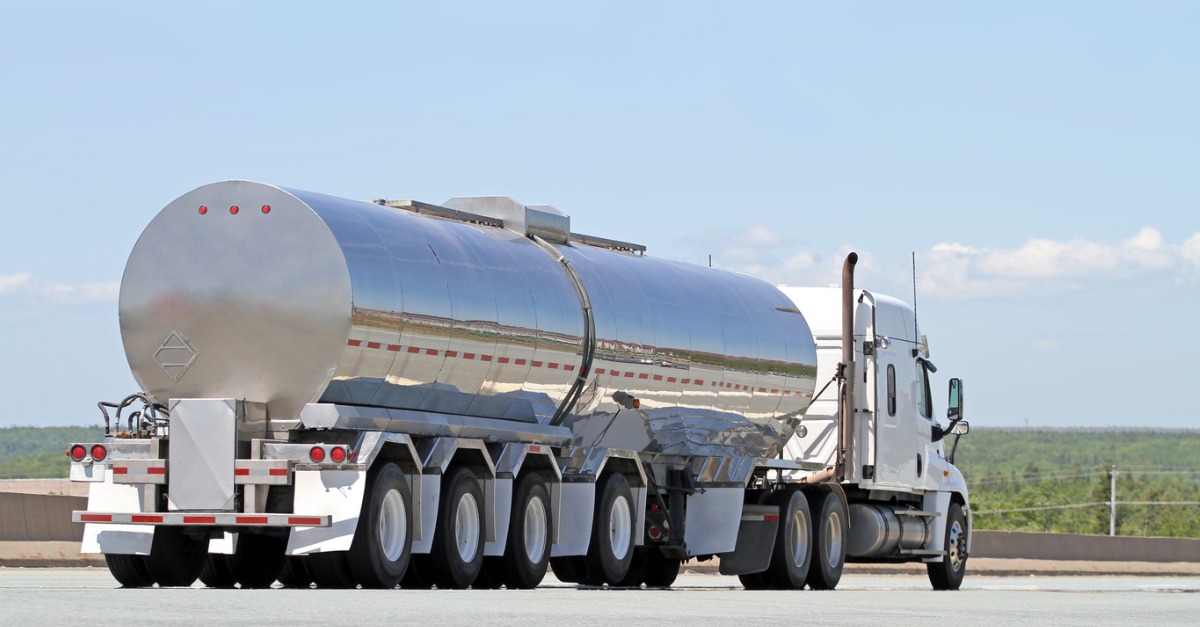
As the name implies, food-grade tanker trucks are specifically designed to transport food, and they are permanently dedicated to the task. If a food-grade tank is used to transport a non-food item, it can no longer be used to transport food. They are required to meet stringent safety and sanitation codes before they are certified to transport foods. Food-borne illness is a critical issue, and carriers that don’t follow the strict safety guidelines can be held liable for any problems caused by that negligence.
What kinds of food can you carry in a food-grade tank?
Unlike traditional tractor trailers, tanker trucks are not used for transporting finished goods to stores or warehouses. Instead, they are most often used for moving liquids like milk, fruit juice, corn syrup, vinegar, alcohol, and cooking oils. These trucks deliver these ingredients in large quantities without retail packaging to processing plants or facilities that package the goods for retail sale.
While liquids are the most common food transported in food-grade tanker trucks, these trucks can also be used to transport dry goods. Things like sugar and grain are frequently transported in tanker trucks.
How much liquid does a food-grade tanker truck hold?
These tanks can hold up to 7,000 gallons of liquid. But due to weight restrictions, not every tanker can be completely filled before getting on the road. The DOT has a weight limit of 80,000 lbs for vehicles. So for many liquids, a bigger tank is not always ideal.
How do you transport food in a food-grade tanker?
When loading liquids in a food-grade tanker, a dome on the top of the tank is used to add and remove liquid. Pumps and air compressors are used to move the liquid out of the tank. Pumps have to be cleaned after each use to ensure compliance with safety and quality regulations. Air compressors are more convenient, but they cannot be used for flammable liquids, like alcohol, so pumps must be used instead. Viscous liquids, like honey, require both pumps and air compressors.
How do you keep liquids in food-grade tanks from freezing?
Keeping liquids in tankers from freezing during transport is critical to maintaining quality and food safety. Trucks have special heating systems to keep liquids at a specific temperature throughout transit. Steam coils and special pumps for antifreeze are both common solutions to this issue. On trucks with steam coils, the truck is parked, the coils are attached to a steam source, and steam travels through the coils and warms the liquid to the proper temperature. In trucks without steam coils, the liquids can stay warm via the truck’s own radiator. Antifreeze can be circulated through special pumps on the truck.
